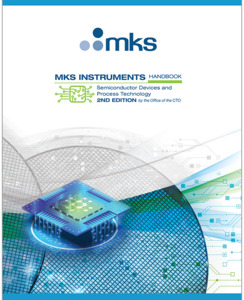Bipolar Junction Transistor Physics
The P-N junction diode is the simplest electronic device that can be built using semiconducting materials (with the exception of a resistor). If we take two P-N junction diodes and physically join them in a back-to-back manner as shown in Figure 1, we can produce the most fundamental of microelectronic devices — a transistor. Transistors such as the one shown in Figure 1 are called bipolar junction transistors. Bipolar junction transistors (BJTs) were invented in late 1947 by William Shockley, Walter Brattain and John Bardeen at AT&T Bell Laboratories. They constituted what is arguably the first step in the microelectronics revolution and Shockley, Brattain and Bardeen were awarded the Nobel Prize in Physics in 1956 for this invention. The BJT is so named because its operation involves both electrons and holes. It can be configured as either a PNP transistor or an NPN transistor which can be constructed as either a three-layer sandwich as shown in Figure 1(a) or as a planar device on a semiconductor wafer as shown in Figure 1(b). The BJT is fabricated with an emitter and collector of similar semiconductor type (i.e., either p-type or n-type) at either end with a very thin base of opposite polarity in between the emitter and collector. In BJTs a small potential (for silicon devices, 0.7 V, enough to overcome the P-N junction potential) is applied to the base. This overcomes the junction potential between the emitter and the base, producing a small current flow from the emitter to the base. This current flow, in turn, regulates the much larger current flow from the emitter to the collector. BJTs can be described as “current regulating devices that control the amount of current flowing through them in proportion to the amount of biasing voltage applied to their base terminal, acting like a current-controlled switch.”
Related Topics
Semiconductor Physics
Basic Device Structures
For additional insights into semiconductor topics like this, download our free MKS Instruments Handbook: Semiconductor Devices & Process Technology
Request a Handbook
 Ultra-High Velocity
Ultra-High Velocity